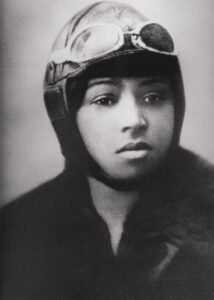
Bessie Coleman, breaking barriers and soaring high in the skies. In the early 20th century, the world of aviation was a male-dominated realm, with women facing numerous obstacles in their quest to take to the skies. However, one trailblazer, Bessie Coleman, shattered the glass ceiling and became a pioneer for not only women but also African Americans in aviation. In this blog post, we will explore the remarkable life and legacy of Bessie Coleman, the first African American woman to hold a pilot’s license and one of the most celebrated aviators in history.
Early Life and Determination of Bessie Coleman
Bessie Coleman was born on January 26, 1892, in Atlanta, Texas, the tenth of thirteen children in a family of sharecroppers. Growing up in a racially segregated and economically disadvantaged environment, Bessie faced numerous challenges. However, she possessed an unwavering determination to overcome these obstacles and follow her dreams.
The Aviation Dream Takes Flight
Bessie Coleman’s interest in aviation was sparked by her brother John, who had served in World War I and regaled her with stories of the war pilots’ heroics. Determined to become a pilot herself, Bessie knew that she needed to pursue her dream beyond the confines of the United States due to the racial and gender barriers she faced at home.
To achieve her goal, Bessie Coleman learned French and moved to France in 1920, where she enrolled in the Caudron Brothers’ School of Aviation. In November 1921, she became the first African American woman to earn an international pilot’s license from the Fédération Aéronautique Internationale, setting her on a path to stardom in the aviation world.
 Bessie Coleman: Barnstorming and Breaking Barriers
Bessie Coleman: Barnstorming and Breaking Barriers
Upon returning to the United States, Bessie faced a nation still rife with racism and segregation. However, she was determined to use her newfound skills to inspire and uplift her community. Bessie Coleman became a barnstorming pilot, thrilling audiences across the country with her daring aerobatic maneuvers and aerial stunts.
Her courageous spirit and determination to break barriers in aviation made her a symbol of hope and possibility for African Americans. She aimed to open doors for aspiring black aviators and show that the sky was the limit, regardless of one’s race or gender.
Legacy and Impact
Tragically, Bessie Coleman’s career was cut short in 1926 when she died in a plane crash during a test flight. Her untimely death shocked the world, but her legacy lived on. Bessie Coleman’s pioneering spirit paved the way for future generations of African American and female pilots. She inspired the likes of Amelia Earhart and the Tuskegee Airmen, who would go on to achieve great success in aviation.
In 1995, the U.S. Postal Service issued a stamp in her honor, and numerous scholarships, awards, and monuments have been established to commemorate her contributions to aviation history. Bessie Coleman’s story serves as a testament to the power of determination, courage, and resilience in the face of adversity.
Wrapping It Up
Bessie Coleman’s remarkable journey from a humble beginning in a segregated Texas town to becoming an international aviation sensation is a story of perseverance and passion. Her groundbreaking achievements not only shattered racial and gender barriers but also inspired generations to reach for the sky, regardless of the obstacles they faced. Bessie Coleman’s legacy lives on as a beacon of hope and a symbol of the limitless possibilities that can be achieved with determination and courage.

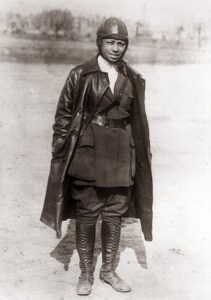 Bessie Coleman: Barnstorming and Breaking Barriers
Bessie Coleman: Barnstorming and Breaking Barriers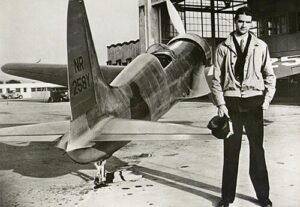
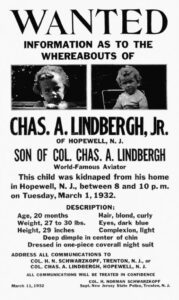
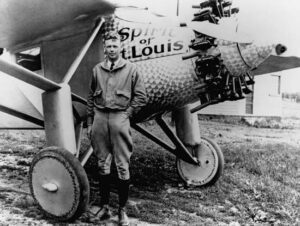

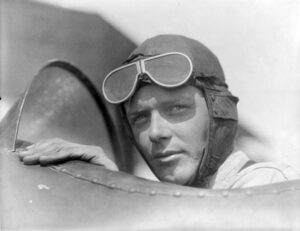
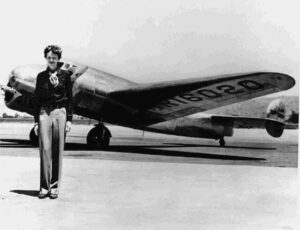
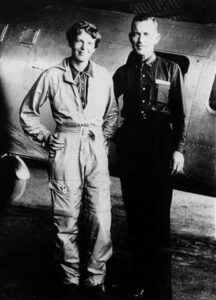
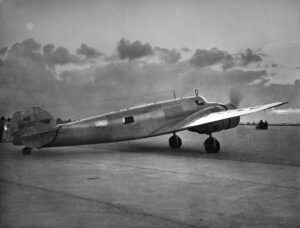
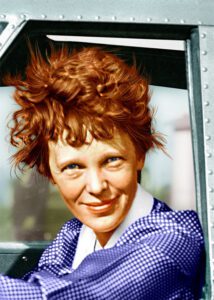 Amelia Earhart, the skybound trailblazer and her love for the sky began as a flicker, a tiny flame that grew into an insatiable passion. Born in 1897, she was a woman of extraordinary determination and courage, determined to defy the constraints of her era and make her mark in the world of aviation.
Amelia Earhart, the skybound trailblazer and her love for the sky began as a flicker, a tiny flame that grew into an insatiable passion. Born in 1897, she was a woman of extraordinary determination and courage, determined to defy the constraints of her era and make her mark in the world of aviation. 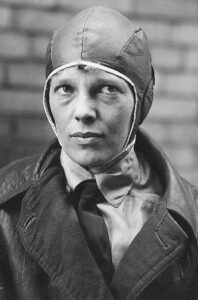 The Call That Changes The Course Of Her Life
The Call That Changes The Course Of Her Life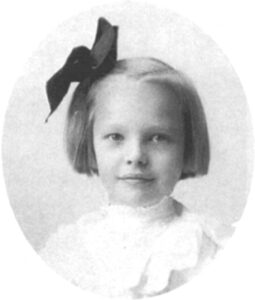
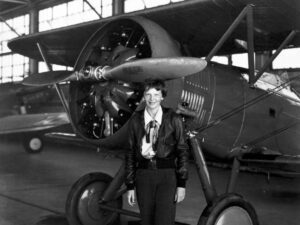 Amelia Earhart: The Trailblazer of Female Aviation: When we think about pioneers in aviation, names like the Wright brothers or Charles Lindbergh might immediately come to mind. But, soaring alongside them in the annals of aviation history is Amelia Earhart, an icon who not only defied the gravitational pull of the Earth but also the societal expectations of her time. Beyond her tangible accomplishments, Earhart’s legacy is marked by her undying spirit, determination, and her influence on women in aviation.
Amelia Earhart: The Trailblazer of Female Aviation: When we think about pioneers in aviation, names like the Wright brothers or Charles Lindbergh might immediately come to mind. But, soaring alongside them in the annals of aviation history is Amelia Earhart, an icon who not only defied the gravitational pull of the Earth but also the societal expectations of her time. Beyond her tangible accomplishments, Earhart’s legacy is marked by her undying spirit, determination, and her influence on women in aviation.